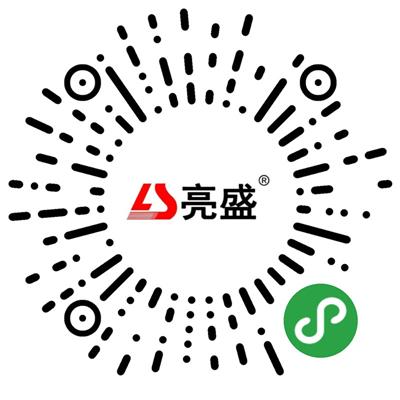
Textile lace is a decorative material widely used in clothing, home decoration, and other fields. Its production process is diverse, and the following are some common techniques for textile lace:
1. Embroidery craftsmanship
Overview: Embroidery lace is a craft that forms patterns or designs on the base fabric through embroidery techniques. It uses needles and threads to puncture and weave on the base fabric according to the designed pattern, thus forming a three-dimensional pattern effect.
Features: Exquisite embroidery lace workmanship, protruding flower shape, strong three-dimensional sense, bright colors and not easy to fade. At the same time, it can be personalized and customized according to design requirements, suitable for various high-end clothing and home decoration.
Application: Widely used in the decoration of wedding dresses, formal dresses, fashion, curtains, sofa covers and other products.
2. Weaving process
Overview: Weaving lace is a process of weaving yarn or fiber materials into specific shapes and patterns through weaving techniques. It can be woven by hand or machine to create a variety of different textures and effects.
Features: The woven lace has a soft texture, good breathability, and a certain degree of elasticity and plasticity. Its patterns and textures are rich and diverse, and can be adjusted and designed according to needs.
Application: Commonly used for decorating knitwear such as sweaters, scarves, hats, etc., as well as for edging household items such as carpets and pillows.
3. Machine weaving process
Overview: Woven lace is a craft made by interweaving warp and weft threads controlled by a jacquard mechanism. It uses machines for automated production, which can efficiently produce lace of various specifications and patterns.
Features: The woven lace has a tight texture, a three-dimensional flower shape, rich colors, and is not easily deformed. It has high production efficiency and is suitable for large-scale production.
Application: Widely used in the decoration of bras, underwear, pajamas, fashion, bedding and other products.
4. Knitting process
Overview: Knitted lace is woven into lace with specific patterns and textures using knitting equipment such as warp knitting machines or weft knitting machines. It uses tools such as tongue needles or crochet hooks to form loops of yarn and connect them to each other.
Features: Knitted lace has a loose texture, obvious perforations, a lightweight appearance, and good breathability. Its patterns and textures are flexible and versatile, and can be adjusted according to design requirements.
Application: Commonly used for decorating sportswear, casual wear, children's clothing and other products.
5. Printing process
Overview: Although printing itself does not directly weave or embroider lace, by printing patterns on fabric, a decorative effect similar to lace can be formed. Printing technology uses various printing techniques to transfer patterns onto fabrics.
Features: The printed lace has bright colors, diverse patterns, and high production efficiency. Suitable for decorating various fabrics and products.
Application: Widely used in various fields such as clothing, home textiles, luggage, etc.
6. Handmade craftsmanship
Overview: In addition to the mechanized production processes mentioned above, there are also some manual techniques used to make lace, such as crochet, hand embroidery, etc. Although these processes have low production efficiency, they can produce unique and personalized lace works.
Features: Handmade lace has unique artistic value and personalized characteristics, which can showcase the creator's creativity and skills.
Application: Suitable for high-end customization, art decoration and other occasions.
In summary, common techniques for textile lace include embroidery, weaving, machine weaving, knitting, printing, and handicrafts. These processes each have their own characteristics and application areas, and can be selected and used according to specific needs.

Applet

Official Account
Copyright : Shantou Liangsheng Textile Co., Ltd Powered by : 11400.cc 粵公網安備:44051402000147號
粵公網安備:44051402000147號